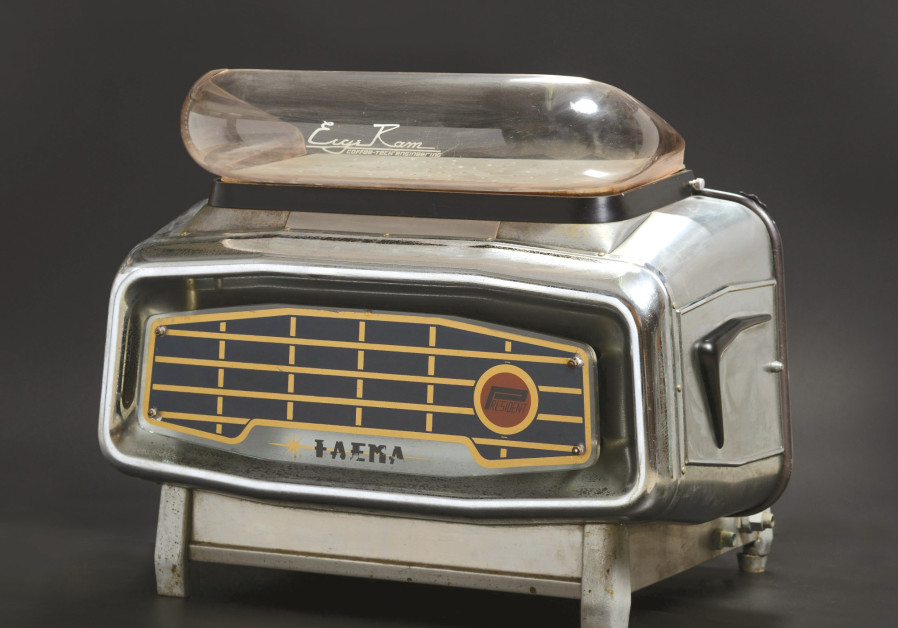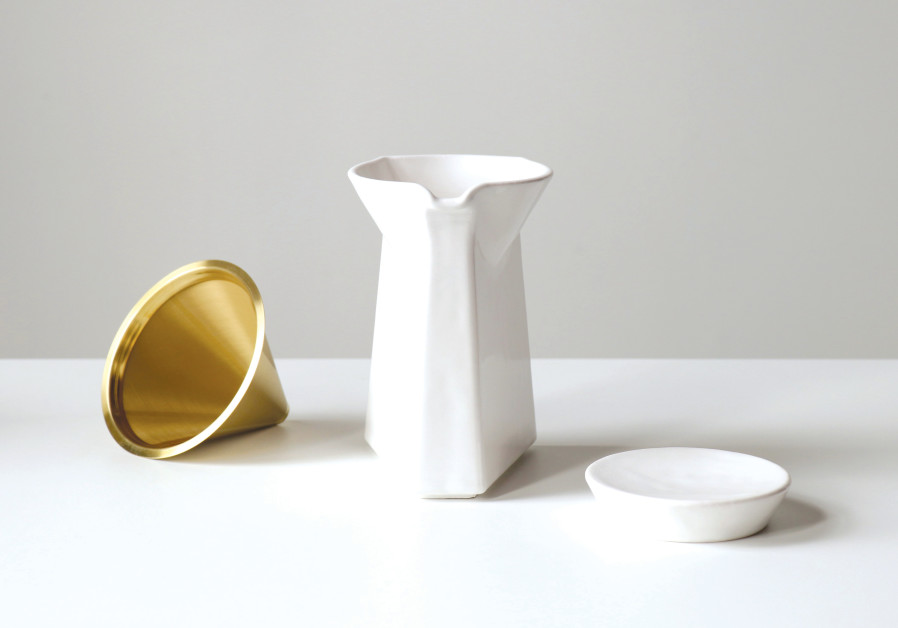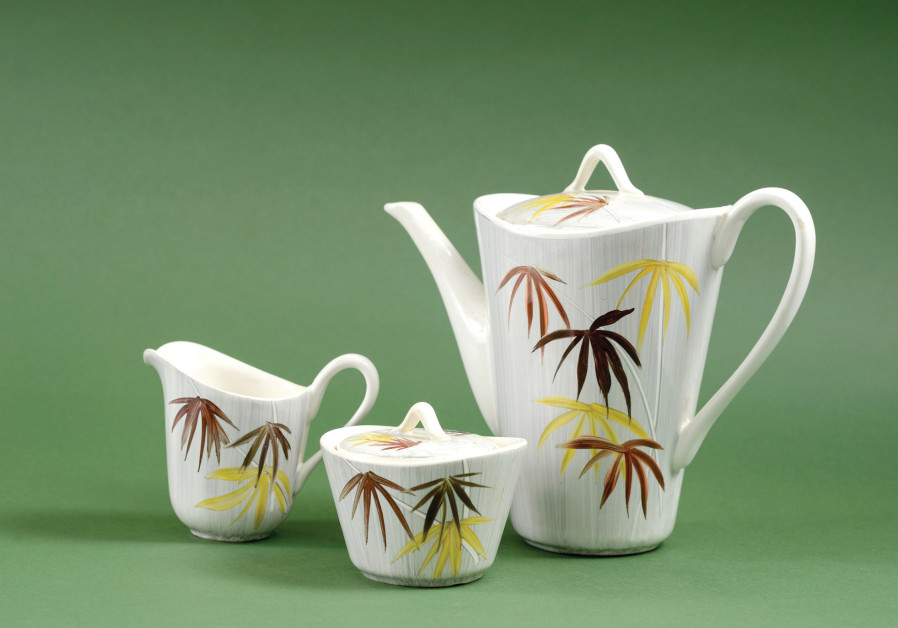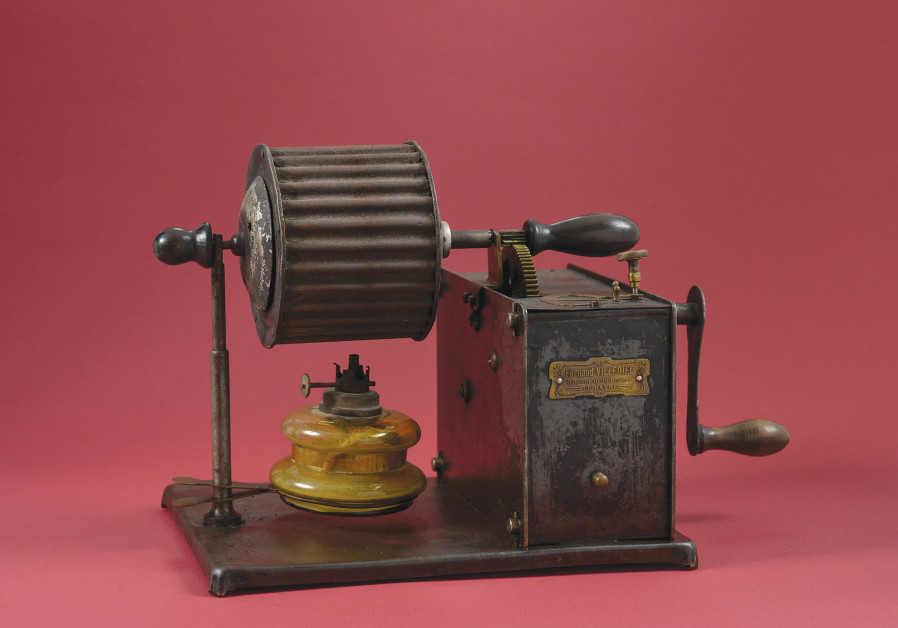
Many of us have probably been living with the misconception that coffee originates from South America. After all, isn’t Brazil synonymous with the household beverage?
Think again. It seems that Ethiopia was the first provider and exporter of coffee beans, initially to Yemen. That was back in the 15th century, and the new market player made significant inroads into this part of the world when the Ottoman Empire eventually embraced coffee as a popular drink and a desirable societal factor, and it gradually proliferated across the region, and subsequently into Europe.
So, what has Shefer got lined up for us? The short answer is an abundance of artifacts and information, across a surprisingly broad sweep of areas.
Coffee, to my mind, is not just about the taste or the aroma. There is an alluring aesthetic hinterland to the drink which, I was to discover, embraces all manner of luxurious crockery, equipment and accessories.
“It is the drink for which the greatest number of auxiliary items were designed,” Shefer advises. “Anyone who felt any sort of connection with coffee – architects, designers, artists and other professionals – came up with creations for it. They related to coffee through their own professional eyes.”
When I made it over to the museum, it was before Shefer and her team began to lay the exhibition out. That means I had the rare privilege of getting up close to selected exhibits and, in some cases, actually handling them rather than marveling at them through the front of a glass showcase cabinet. Not that the latter is a bad option, given the appearance, nay, sheer beauty, of some of the coffee industry fixtures and fittings through the ages.
SHEFER SPENT years researching the subject matter before collating an expansive array of objects, including intriguing edifying posters and other written material, which relates a fascinating story. There are political machinations in there, social maneuvering, gender equality issues and plain old taste-related elements to the exhibition backdrop.
The curator had a field day and, when we met, was raring to get the show up and running, while dealing with the still complicated logistics – here and abroad – to make sure the curtain-raiser runs smoothly.

“We have, for example, the world’s first espresso machine,” she proudly declares. “It dates from 1894. It was, of course, made in Italy.”
Shefer also had to do some digging to unearth the facts behind the evolution and proliferation of one of the world’s most popular quaffs.
“There are all sorts of myths surrounding it, but it starts in Ethiopia,” she says, suggesting that the widely held view that coffee came into being in the 15th century may be a very modest estimate.
“According to my research, coffee has been around in Ethiopia for over a thousand years, and probably for longer,” she suggests, adding some colorful anecdotal stuff. “It is highly likely that when the Queen of Sheba came to the Land of Israel [in the 10th century BCE] to visit King Solomon, with all her spices and other gifts, she brought coffee with her, too.” That also ties in with where scholars place Sheba on the map of Africa.

Shefer says that Solomon’s royal visitor was hip to that. “Back then they ground coffee and inserted it into animal fat, normally from goats and sheep, and they rolled it into balls and gave that to soldiers and hunters, when they went out into the field. The queen probably knew about that.”
There is so much to feast your eyes on. There are some state-of-the-art technological gizmos, from across the span of time, well, the past century or so, ornamental cups and pots to die for, and some fetching utensils that tend more to the rough-and-ready side.
The equipment covers the full span of the preparation process through to bringing the beans to an aromatic tasty drinkable state.
Staying in the boot-shaped southern European country but jumping forward a couple of decades, we encounter La Etern – Officina Scapola, specifically the Modello Super 900 edition, which, according to the book that goes with the exhibition, symbolizes the transition from the naive approach to coffee accessory design to the age of rationalism.
And, even without the technological advances achieved with the march of time, there are so many nuances and colorful aspects to the basic tools of the trade.

The small finjan Shefer produced from one of the storage cabinets looked, at first glance, like your regular handleless coffee cup. On closer inspection I noted a diminutive metal dome shape in the middle of the base, adorned with semiprecious stones.
“This is from the 18th century. That was where people put opium,” Shefer explains with a wink.
Clearly there is more to this coffee drinking business than meets the eye. Still, it wasn’t all about getting into alternative states of reality.
“They also used to put in things like cardamom and cinnamon,” she continues. “Cardamom was added to coffee from the beginning. It came from India, via the spice trail.”
Gender issues also entered the coffee timeline, when women, who were initially prohibited by their menfolk from frequenting coffeehouses, took advantage of their privacy of women-only bathhouse slots by holding coffee sessions and “all sorts of things,” Shefer chuckles.
And, while coffee achieved incremental market presence gains, particularly after it made its way from Yemen, via the port of al-Mokha, to Mecca, the religious powers of the day were not at all pleased to see the inroads it was making on their herd.

COFFEE CAME to Israel via Egypt, with the first mention of a café noted in Safed in 1580.
“It was described, in a text by Rabbi Mitrani, as a sort of shady place,” says Shefer.
The cultural crossover element suggested by the exhibition title references this domestic take on the beverage. “Israel is a very interesting case. For the past just over a century, two coffee cultures have coexisted here. There is the Arabic coffee, which, as we know, has been around for 500 years. And there is European coffee, which came here [from Germany] with the Templers. They opened cafés in Jerusalem, Haifa and Tel Aviv, very prestigious places, European-style, with cakes and all of that.”

British officers idling their time away at the city’s coffeehouses also meant the latter were among the first to benefit from telephonic communication.

Coffee, the curator notes, is also seen as a universal pastime, enjoyed by members of all three principal monotheistic religions here, and as a peace broker of sorts. Harmonious coexistence and flavorful drinks can’t be a bad deal.
The exhibition also features a delightful coffee set tailor-made for then-prime minister David Ben-Gurion in the 1950s, utilitarian equipment from across the ages, gorgeous Baroque-style painted crockery and other less-upmarket accessories made by local companies such as Naaman and Pelelom.
No doubt, our post-exhibition coffee experiences will evoke some sights, tastes and whiffs of some of the glorious past of this great drink.
